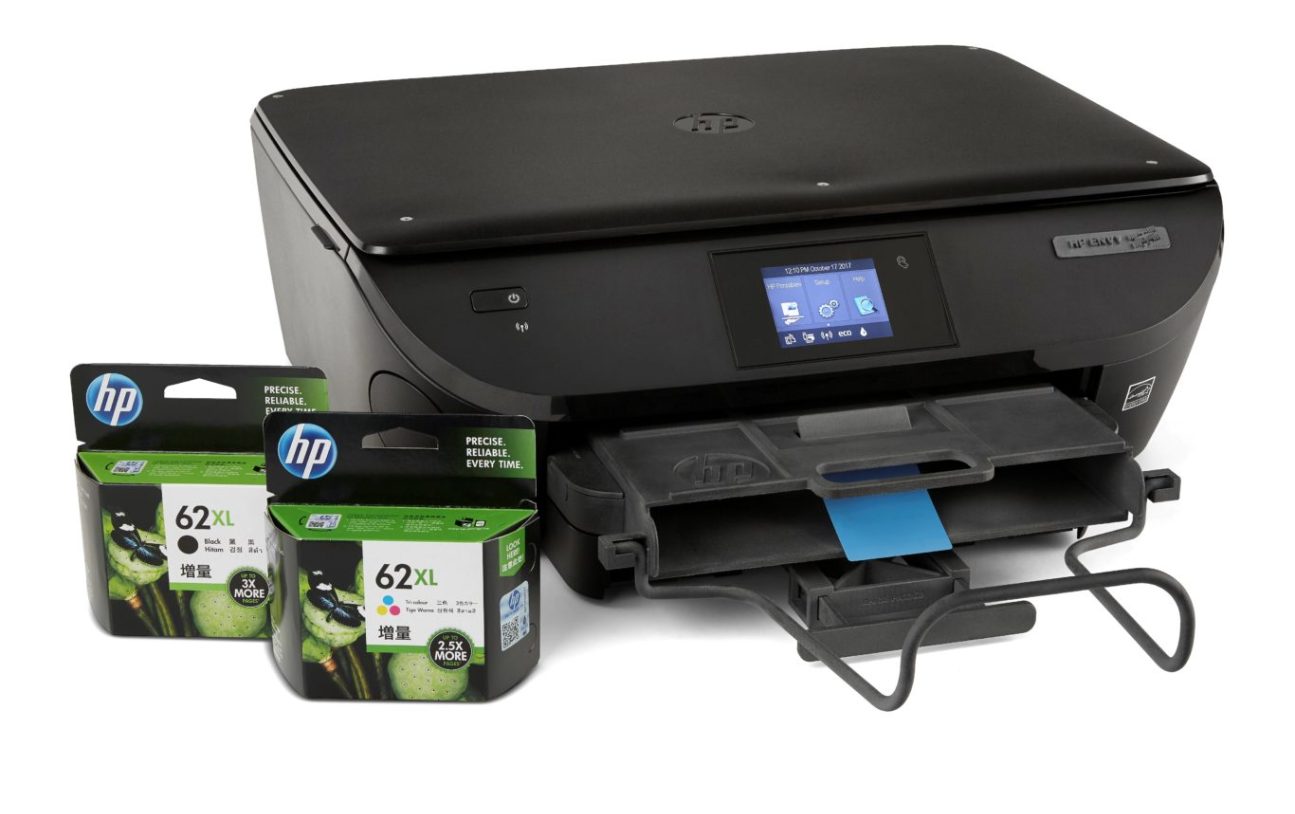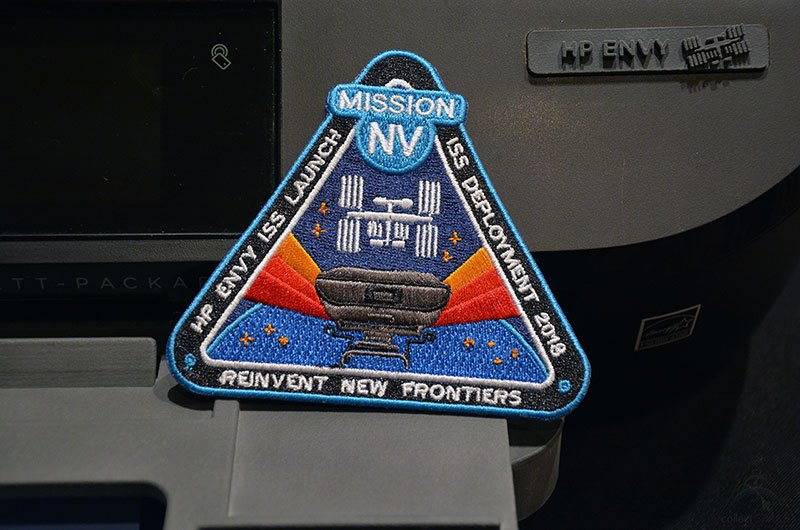Even astronauts occasionally need to print out important documents, so tech giant HP has provided the International Space Station with a new printer.
On-board the SpaceX 14 rocket which launched last week is the specially built HP Envy ISS, which has been customised to be able to handle paper and manage waste ink in zero gravity.
The tech firm said that while much of the technology built into the printer was off-the-shelf, several tweaks were needed in order to ensure the device would work in the demanding environment of a space station.
Special flame retardant plastics have also been used on parts of the printer, and it has also been specially tuned to be able to print in multiple orientations – meaning it can handle the rotation and zero gravity on the station.
According to HP the crew of the ISS go through two reams of paper a month, with hard copies used for mission critical information such as inventory return trajectories, timelines and personal items such as letters and photos from home.
Alongside printers, HP is also deploying around 120 of its ZBook Workstation computers to the station to support “mission operations”.
The astronauts use the printers on the space station for the same reasons people on Earth use them in offices and at home. The crews print out work documents as well as personal files.
“Letters from home, photographs and training materials are the types of things the crews print,” said Stephen Hunter, NASA Manager. “If you think about how much you print at home, or how much you print in your office environment, the same kind of thing applies in space, except that there are some critical things the crew has to print.”
While the astronauts have ample access to laptop and tablet computers, there are just some things they cannot keep in electronic format only. For example, were the space station to suddenly lose power or if the crew had to evacuate the outpost in an emergency, they could not rely on there being an available digital screen or the time needed to access their procedures. So hard copies are a must.
The rare contingency aside though, there is also the human factor.
“There’s something very human and psychological about the feel of paper,” Hunter explained. “You get things that are very personal to the crew — letters from home, pictures. There are some who have used the printers to make keepsakes to bring home. One crew member used the printers to print out their expedition patch on a special type of paper from their home country and used that as souvenirs.”
The space station’s printing needs put the orbiting outpost into a unique category, said Ronald Stephens, the R&D manager for HP Specialty Printing Systems.
“For the astronauts, the space station is really a combined environment,” he said. “It looks like an enterprise environment, where you have ‘corporate’ NASA on the ground changing procedures and sending up materials to be printed remotely, and we at HP work in those type of environments quite often.”
“It is also clearly an office and laboratory environment. You’ve got astronauts doing research, printing reports, graphs, other engineering and science documents.”
“And then it is also their home — their family sends an email or a photo,” added Stephens. “I think the challenge is that the space station is really a combination of all of the different types of segments that printers go into. It is that all in one.”

